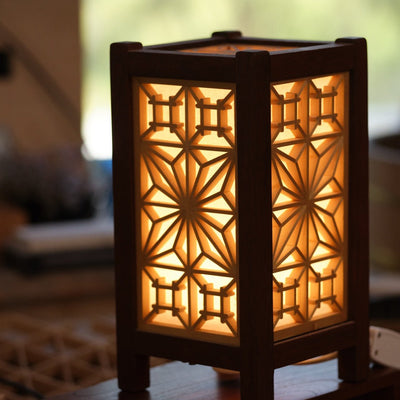
NON SET TOOTH
What does this mean?
The teeth are “non-set”, so that the cutting surface cuts straight into the wood and destroys about 50% less wood cells in the process.
The blade is taper ground to reduce resistance giving it a smoother and easier cut. This means the middle of the blade has been grinded out, this means the bottom part of the blade (at the teeth) is thickest, the top part slightly thinner and the blade is thinnest in the middle.
Benefit: To reduce friction when cutting the branch.
Less power needed to saw: saw extremely fast
Discharges saw dust effortlessly: no getting stuck in the wood
Very clean saw cut: without breaking or tearing of the wood, it hardly splinters and creates a very fine, smooth saw cut.

4 RESTUME TOOTH
What does this mean?
This tooth style is designed for cross-cutting, rip-cutting and slant-cutting. Cuts in ALL DIRECTIONS. When the grain of the wood is longways, the saw cuts smoothly at the point where the branch joins.
BENEFIT: 4-RETSUME teeth belong to the category of fastest hand saws and are very well suited for the toughest jobs. The teeth are grinded in such a way so that every 4 teeth in a row in one combination.

MIRAI-ME TOOTH
What does this mean?
The blade has 4 cutting angles along its length. It leaves a smooth surface after cutting and can rip-cut, cross-cut and slant-cut.
Benefit: During pruning activities the smooth saw cut will allow the tree wound to be overgrown easily. Within carpentry, the smooth saw cut gives a fine finish, so that sanding is hardly necessary.


